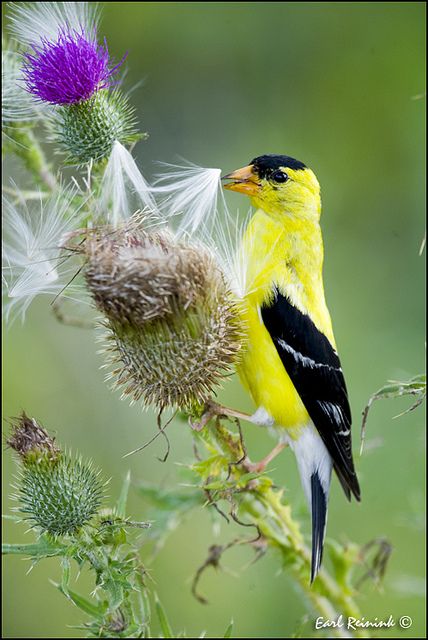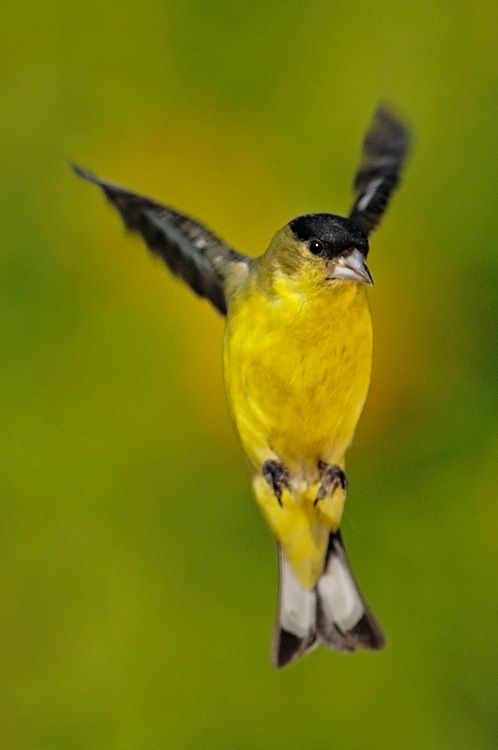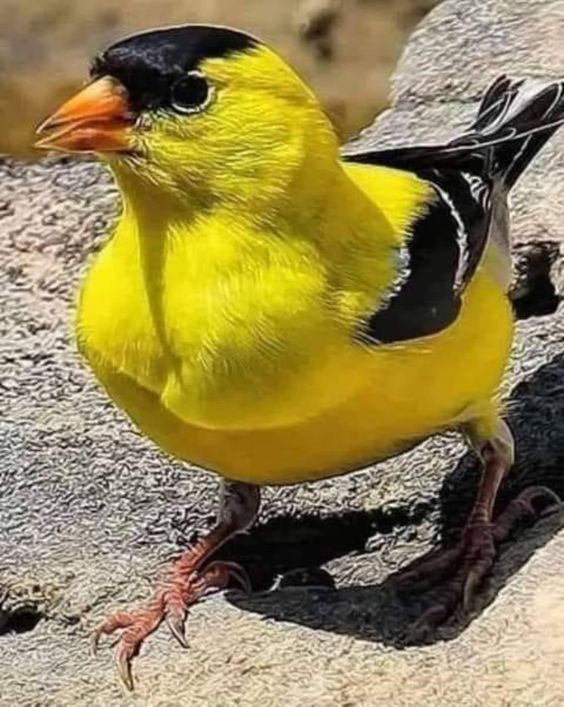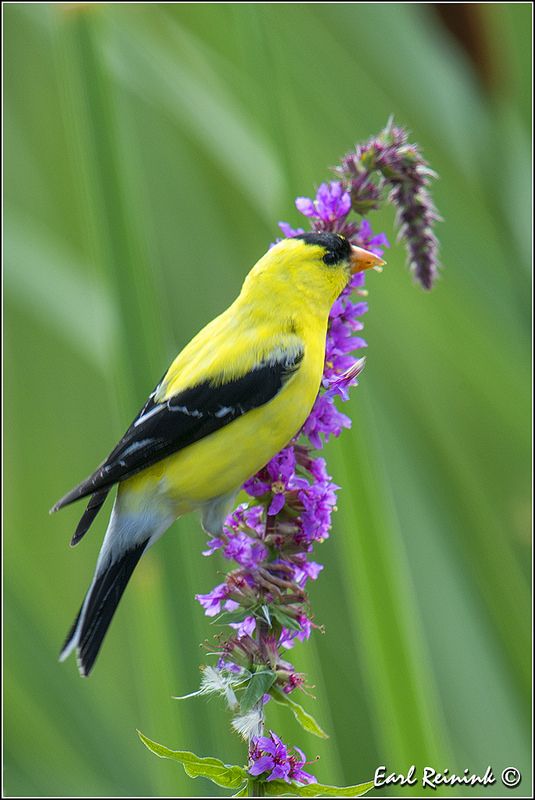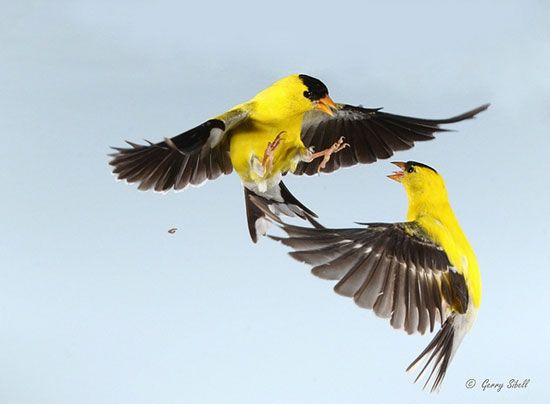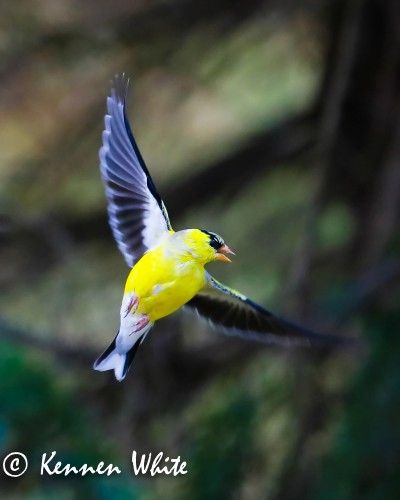Absolutely gorgeous!!! Discovering the American Goldfinch

The American goldfinch (Spinus tristis) is a small and beautiful bird found in North America. It belongs to the Finch family (Fringillidae) and is known for its vibrant yellow coloration and unique foraging behavior.
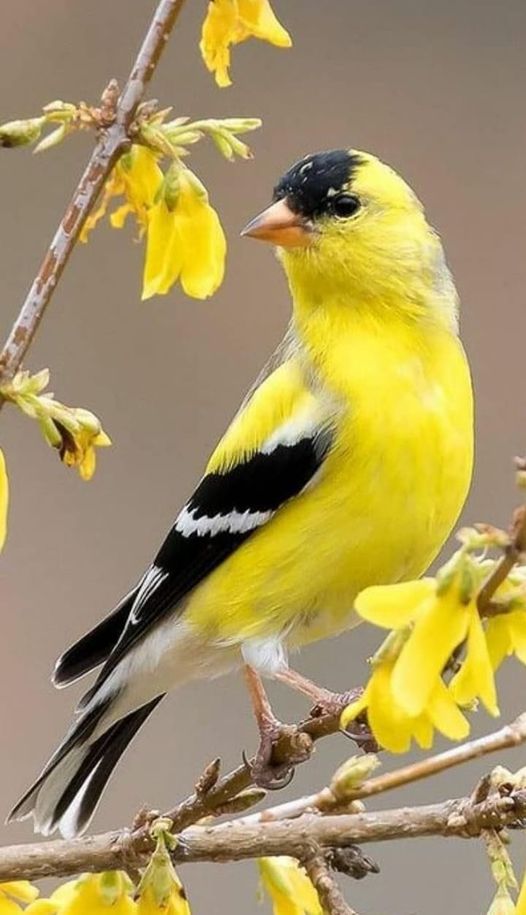
The American goldfinch prefers open habitats such as grasslands, fields, orchards, and meadows. It is often found in areas with shrubs and trees like pines, oaks, willows, and thistles.
In terms of appearance, the male American goldfinch during breeding season displays bright yellow plumage with black caps and wings with white spots. On the other hand, the female and non-breeding males have a paler yellow coloration and lack the black wing spots.
American goldfinches primarily feed on seeds, including those from coniferous trees like pines and willows. They can also consume grass seeds, small fruits, and insects. They have small, sharp beaks that enable them to grasp and open seeds.
During the breeding season, American goldfinches build nests high up in trees or shrubs. They construct nests using materials such as plant fibers, grass, roots, feathers, and soft materials. The female takes the main responsibility for nest-building.
Once the nest is complete, the female American goldfinch lays about 3 to 7 eggs. She then incubates the eggs for approximately 12 to 14 days while the male guards the nest and provides food for the female.
After hatching, the young birds are fed with regurgitated food called “bird milk” produced by the parents. They continue to develop in the nest for about 11 to 14 days before fledging.
American goldfinches usually have one or two broods per breeding season. The entire process of nesting and raising young takes a few weeks. Once the young birds are independent, they leave the nest and start to find their own food and territory.
The reproductive cycle of the American goldfinch is a fascinating and crucial part of their life, ensuring the species’ diversity and continuation.
